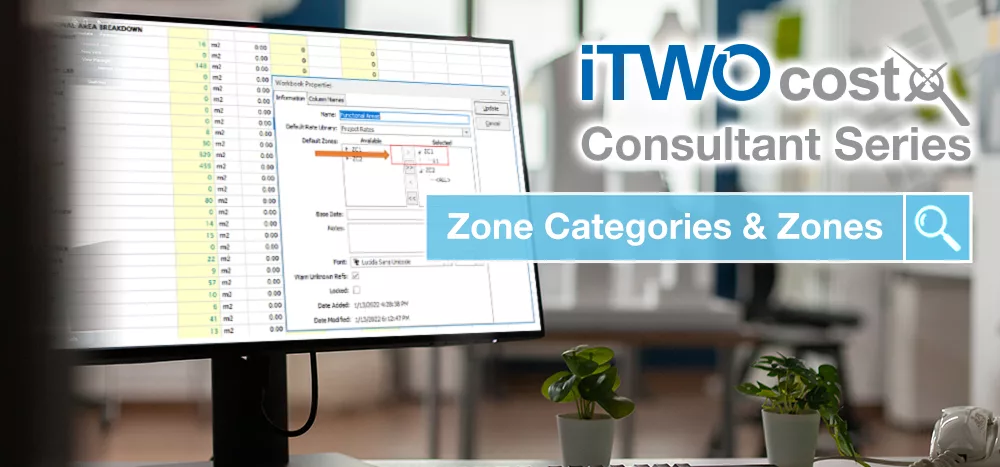24 mins read
The Cost Of Building Software: The 5 Key Components You Must Ensure Are Present

It is likely, by now, you have been looking into the options available in the realm of building software and may have come across some of the more popular names, the highlighted features and even reviewed some case studies from end users. To help you hone in on the right choice for your business, this article focuses on five components to help you determine the cost of building software and target the best option for you.
Determining the cost of building software
1. Cloudy Days?
Until recently, considering ‘cloud based’ solutions would have been only for the most tech minded millennial trend setters (or risk takers depending on your point of view). In today’s market, the consideration is more likely to concern specific elements of cloud solutions rather than the cloud solution as a whole, and whether it is the right fit for you. You may find that there are cost implications to consider if you are starting with a cloud-based solution that will deliver long term savings in a rapidly expanding organisation. On the other hand, the reverse could be true if an in-house solution allows user growth at contracted rates. Some providers may even offer both solutions allowing you the flexibility to switch between cloud and in-house as it fits your needs. One key consideration with cloud technology is understanding how your data is stored and what form of access and ownership rights are you potentially opening up. You will also need to look into what impact changing providers in the future may have on that data you have entrusted to your software partner.
2. Is the Software User Friendly?
Easy’ is something of a relative term. There are those of us who adapt to any new tech or gadgets like a duck to water whereas others (like me) find it takes a little longer to master the fundamentals. It is important to remember the level of complexity that your software is designed to handle and the length and breadth of the projects across which it will be used. There will also be implications relating to the size and structure of your organisation to consider. A small sub-contractor dealing with a specific small-scale part of a project may not need the sheer power of the best and most comprehensive platforms whereas the world’s leading construction giants will want all and everything that drives benefits and ROI across all areas. That doesn’t require a tricky user interface but may need certain expertise in particular areas and specific training for those niche users. Importantly though, not all users will need the same levels of access and the level of complexity can be commensurate with the user needs. In short, the software should be fit-for-purpose and able to perform its core role. The User experience should be relative to the complexity and diversity of their specific roles without being unnecessarily difficult to use. Tools such as Candy and BuildSmart were developed by construction experts to be used by construction professionals resulting in the User experience being aligned to the User capabilities and knowledge.
3. Integration and Enhancements?
Your new software is likely to deliver incredible enhancements and amazing efficiencies in process and procedures, to mention but the first 2 most obvious ones. What it absolutely shouldn’t do is throw up barriers and obstacles to other areas of your business. The ability to integrate with your existing solutions (assuming these are not being replaced or re-housed in process changes) is just as important as the end results delivered by your software. Check that your software performs in delivering elements such as workflow management, financial tracking and reporting, assigns User roles and utilises things like electronic signatures. Essentially, look deeper into how it will perform on a day to day basis and link to benefit all your departments and functions both internally and externally, for the best integration possible.
4. In for a Penny, In for a Pound?
Any article relating to construction software is going to lead at some point to the specific question of cost. This ‘cost’ can be to buy or lease construction software or, perhaps even the cost not to do so (or potentially the cost of not upgrading). As with all things in the business world, cost is not a linear consideration (value is rarely aligned directly to an initial cost and cheap is rarely the best and the best is rarely cheap). There are some components outside of base price to consider though in making sure you are getting the best value. In fact, the most reputable software partners will assist you with this exercise rather than shy away from it, so you genuinely get what you need for your company. They will investigate your structure to understand whether you require a maximum number of users or individual named users (do you need a pool of user access or dedicated access). Would a tiered pricing model benefit you with monthly, annual or one-off charges for example? The bottom line is that there is not a ‘price’ or cost that that is right for everyone and each organisation will have its own peculiarities. Speak to your software provider to do a true analysis of what their solution is going to deliver and how it would best be structured to fit you.
5. Reputation Speaks Volumes?
Integrating a construction software suite is a major change (or enhancement). The fact that you are considering making this change will mean you have likely already identified the benefits in both operational and fiscal returns so make sure you are teaming up with the right partner. Look at their track record and see where your potential partners, clients and competitors have put their faith. Check that they have relevant and up to date testimonials and that others that have made the same choice and have been happy that they did.
Most Recent
24 mins read
14 mins read
15 mins read
25 mins read

E-BOOK











